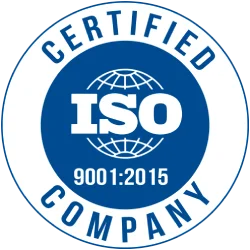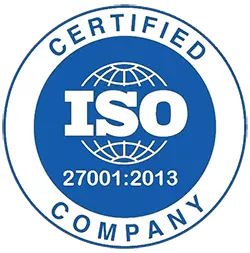A Brief Introduction to Texture mapping for 3D Artists
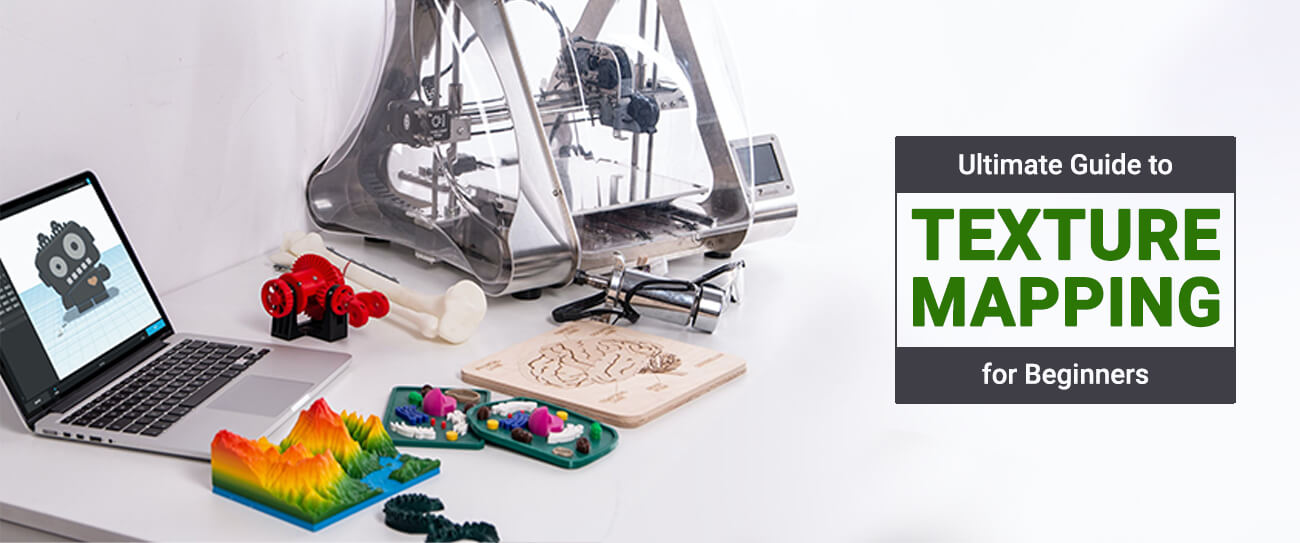
What is Texture Mapping?
Texture Mapping is a way of adding realism to a 3D model by defining high-frequency detail, surface texture, or color information on the model. In this process, a 2D surface, also called a "Texture Map", is wrapped around a 3D model. This process is also called as diffuse mapping.
The Basics of Texture Mapping
The idea is simple enough. Let's say you have a model of a house. What if it had window "panes" that were transparent, so you could see what's inside?
Texture mapping is what achieves the kind of realistic quality required.
Instead of just being plain white, the windows could be transparent with a glass-like texture. That way, what's inside the room can be seen through the window instead of what looks like nothing at all.
Texture mapping technique is not only useful for 3D modeling, but for 3D rendering as well
- Textures can provide information on how 3D objects should look, how light reflects off of them, and how they should appear under certain conditions. This texture map data can be used on any 3D object, including people, buildings, landscapes, or anything that normally has a surface.
- Textures can also be added or subtracted to provide more detail or hide features you don't want the public to see.
- Textures can help 3D models look more 3D and less 2D.
How to Create a Texture Map
Like any other procedure in 3D modeling, the process of creating texture map also includes various steps like texture application, multitexturing, filtering, streaming and baking etc that are explained below to make the journey easy for the beginners in the process.
Creation
When it comes to the creation part, there are several ways to acquire texture mapping that include digital photography, scanning, painting on a 3D surface using 3D paint tools, or designing in image manipulation software. The most commonly used are Photoshop and GIMP.
Texture Application
In simple words, texture application is just like applying patterned paper to a plain white box to make it look textured. The process of achieving these textures is called as vertex attributes, which fall under the UV wrapping tools.
Apart from the above, the other method by which the procedural transformation can be made from 3D space to texture space is with the material.
Texture Space : During the rasterization process, texture mapping maps the model surface to convert it into a textured one. During the process, the look and feel of the textured map are undistorted.
Multitexturing
This process includes multiple levels of texturing on a single polygon; along with this, detailed-based textures and microtextures are also added to give the details a higher frequency. According to recent processes, modern graphics can use more than 10 layers in a single design process, and by using shaders, the fidelity can be easily increased.
Texture Filtering
Texture filtering basically governs the improvement of the textured quality of any model; basically, the texture pixels give a professional touch to the final result in texture mapping. Lack of texture filtering may result in bad-looking artifacts, especially aliasing, etc.
Texture Streaming
The main reason why this texture streaming process is part of texture mapping is to boost the texture and color palette of any object. Using this process, you can choose which mipmap levels can be loaded into the memory.
In this process, two or more different resolutions are available to choose from to be loaded into the memory based on the draw distance from the viewer and how much memory is available for textures; thus, it is a very important stage of the whole texturing process.
Baking
Baking is also known by the name render mapping and light mapping, this is a process in which the texture data can be transferred from one 3D model to another. In simple terms, it is used when 3D modelers try to convert a high-poly model to a low-poly model. The reason is simple: the low-poly model has low data, and thus the file size is small. This is the very reason why it is important to convert the files into the latter.
One more reason why this process is quite in demand is because it uses high-detailed models from 3D sculpting software to approximate them with meshes and makes it more suitable for realtime rendering.
Different Types of 3D Texture Maps
Texture mapping can be done in various ways, and there are several different types.
Here are some of the most common types you'll see.
Color Maps
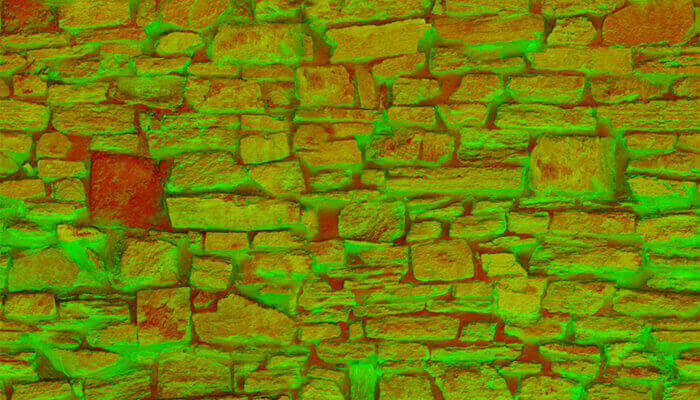 Color Mapping
Color MappingOne of the most common texture mapping types is using a color map. As its name implies, this type of map uses colors and patterns to add color, texture, and shading to a 3D model.
Bump Maps
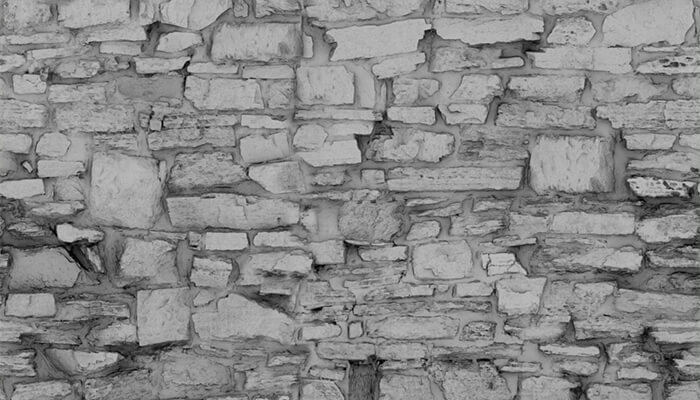 Bump Mapping
Bump MappingA bump map is the most fundamental type of map that alters the texture coordinates. They are the fewest resource-intensive because they use a simple algorithm to change the model's appearance.
Bump maps make use of a grayscale texture map. Based on the shade, black represents the lowest part of the faked geometry, white represents the peak, and gray represents somewhere between.
Normal Maps
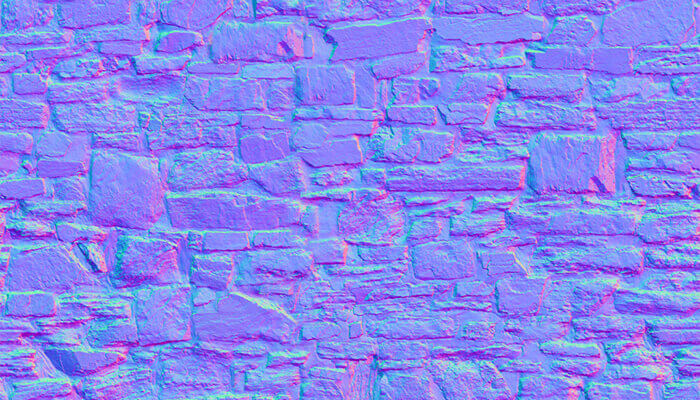 Normal Mapping
Normal MappingNormal maps are a little more complex, but this texture mapping can make a 3D visualization look even more realistic. These maps are essential for giving your textures depth.
This technique employs complex calculations to simulate how light interacts with the surface of a material to affect more minor bumps and dents.
Displacement Maps
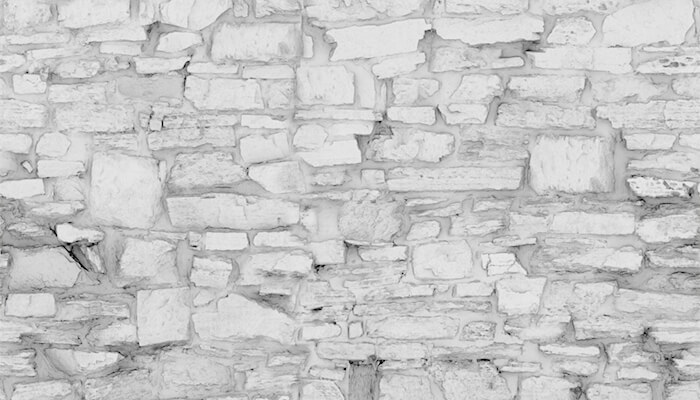 Displacement Mapping
Displacement MappingDisplacement maps, like bump maps, store height information and modify geometry when rendered, altering the appearance of both shading and silhouette.
A grayscale texture with height information that is projected onto a highly tessellated mesh to create displaced surface detail. It is also known as a height map.
Specular Maps
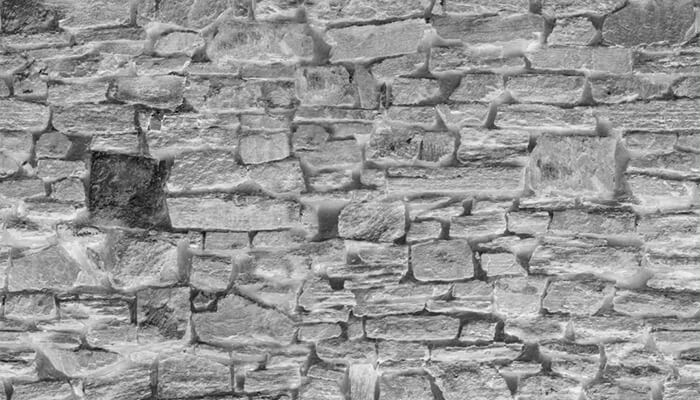 Specular Mapping
Specular MappingSpecular maps are another way to make a 3D model look more realistic. This type of map can be used with things like sunglasses and other items that reflect light.
This map is used in non-PBR specular workflows because it specifies where the reflection should and should not appear.
-
Occlusion Maps
Occlusion map or ambient occlusion, is another type of texture map used to present the realism of 3D models. Shadowing and rendering techniques are used to calculate how much lighting is exposed at each point in the 3D model.
It makes use of the global lighting methods, where it uses self-cast shadow and adds lighting to simple surfaces by mimicking the effects of indirect light sources.
-
Reflection Maps
A reflection map is also called an environment map. This type of map can be used to simulate light reflecting on 3D models.
This map is usually applied to the 3D surface to create different atmospheric effects like fog, haze, or clouds.
So, if you're wondering why texture mapping is essential for 3D modeling, the above information tells you that it's more than just making your models look better.
Want to know how our reliable 3D texturing services can help your business?
Get in touch with us!
Frequently Asked Questions
Texture mapping is a method of wrapping and blending an image onto a 3D model.
The term texture may be unfamiliar to you, but it simply means that instead of having objects or people appear flat, you give them some depth and texture by adding an image onto their surface.
Texture mapping is primarily used for implementing high frequency details, color information, surface texture, etc., to any 3D model.
Texture mapping is important for 3D models to get a realistic appearance. Also for 3D designers to detect issues while exporting from design programs. Depending upon which material the texture is applied to, PBR or Non-PBR, the 3D artist can adjust the texture maps used and get the 3D models look extremely realistic.
In the 3D modeling process, texture, material, and baking, all the three aspects perform a crucial role. Texture mapping is the process of adding color, texture, surface details like reflection, glossiness, transparency, metallic shine to a 3D object. It is done by adding 2d detail to the 2D polygon.
Material texturing is adding the optical properties of the 3D model, will it be dull or shiny, is ray tracing required, or will there be a halo effect, so and so forth. Materials are usually assigned by layers, and these attributes are determined by a shader, which is a piece of code.
Texture baking is another vital process in 3D modeling that transfers details from one model to another. It is primarily done to generate libraries of texture maps that show the different attributes of the surface of a 3D model in a particular scene, viz., materials, color, texture, shadows, reflections, lighting, etc.)
